A modified E-FCR approach utilising a targeted radiocarpal ligamentotaxis reduction technique
Score and Comment on this Case
Clinical Details
Clinical and radiological findings: The present case is that of a 90yo F following FOOSH and DRF with initial classical dorsal angular deformity prior to initial closed reduction in the ED. The initial immobilisation in a below elbow cast was followed by outpatient referral for CT prior to representation in the outpatient orthopaedic clinic. Despite reasonable initial reduction films, the CT imaging demonstrated dramatic secondary axial collapse with destructive impaction of the radial metaphysis with loss of subchondral bone substance
Preoperative Plan
Planning remarks: An E-FCR was planned based on properative CT scan demonstrating the degree of articuar involvemnt and concomitant metaphyseal defect. EFCR provides approximately 87% visibility of the distal radius area compared to only 61% via a standard FCR approach. A novel ligamentotaxis reductionctechnique which we have been trialling, was anticipated to augment the E-FCR approach and obviate the need for tenotomy.
Surgical Discussion
Patient positioning: Supine with arm table attachment
Anatomical surgical approach: E-FCR
Operative remarks:The Extended Flexor Carpi Radialis (E-FCR) approach is a technique for the surgical management of complex articular distal radius fractures, facilitating intrafocal reduction of the articular surface together with enhanced surgical exposure of volar marginal fragments. However, the traditional E-FCR approach necessitates brachioradialis tenotomy to release tension on the radial styloid. Whilst effective, the tenotomy of brachioradialis introduces potential surgical morbidity including elbow dysfunction.
In our modified approach to the E-FCR technique, we circumvent the brachioradialis tenotomy, We demonstrate that overcoming the proximal traction exerted by the brachioradialis can also be accomplished through targeted counter-ligamentotaxis applied directly through the proximal carpal row. This novel methodology acts through both the dorsal and volar radiocarpal ligament complexes.
In our specific approach, we applied traction directly through K-wires inserted into the scaphoid and lunate bones. Traction on each of these is achieved using a Hintermann distractor anchored in the distal aspect of the radial diaphysis. By employing differential traction axial along either the radial and ulnar columns, radial inclination can be meticulously adjusted. Similarly, we can manipulate the tilt of the scaphoid and lunate to preferentially tension the dorsal or volar radiocarpal ligament complexes, thereby gaining precise control over the volar tilt of the radial articular surface fragment.
This targeted ligamentotaxis facilitated the reduction of the articular surface despite significant bone loss, as evident in the accompanying images. Our modification preserves the integrity of the brachioradialis while allowing for a finely controlled, polyaxial reduction of radial articular fragments through the direct manipulation of the scaphoid and lunate. The preliminary outcomes suggest an improvement in both clinical and radiological measures, validating the efficacy of this novel approach for managing complex fractures.
Postoperative protocol: Free A/PROM NWB for 6 weeks
Orthopaedic implants used: Synthes 2 Column DRP
PubMed® Literature Review
Generated by The Literature - Realtime PubMed® AnalysisThe extended flexor carpi radialis (FCR) approach to the distal radius has been evaluated in several studies. One retrospective review of 35 patients found that the extended FCR approach, combined with volar locking plate fixation, resulted in improved wrist motion and radiographic outcomes, with no complications such as infection, implant loosening, or tendon ruptures [1]. Another study compared the extended FCR approach with the traditional volar Henry approach and found no significant differences in median nerve function or other outcomes [2].
The extended FCR approach has also been described as useful for intraarticular fractures, subacute fractures, and malunions [3]. Other studies have examined related topics, such as the anatomy of the FCR insertion onto the trapezium [4], the management of acute on chronic distal radius fractures using the extended FCR approach [5], and the contact pressures between the digital flexor tendons and volar distal radius plates [6].
Overall, the evidence suggests that the extended FCR approach is safe and effective for the treatment of distal radius fractures, including complicated intra-articular fractures and malunions. It allows for improved wrist motion, better radiographic outcomes, and avoidance of complications such as tendon rupture. The approach can be used in conjunction with volar locking plate fixation and may provide better exposure and access to the fracture site compared to other approaches.
Conclusion:
Based on the available literature, the extended FCR approach appears to be a safe and effective method for the treatment of distal radius fractures. It offers improved outcomes in terms of wrist motion, radiographic alignment, and avoidance of complications. The approach can be used in various types of fractures, including intraarticular fractures and malunions. However, further research is needed to compare the extended FCR approach with other treatment methods and to evaluate long-term outcomes.
Author's Resources & References
Search for Related Literature

Dr Ed Oates
- Germany , Schleswig Holstein
- Area of Specialty - General Trauma
- Position - Specialist Consultant

Industry Sponsership
contact us for advertising opportunities
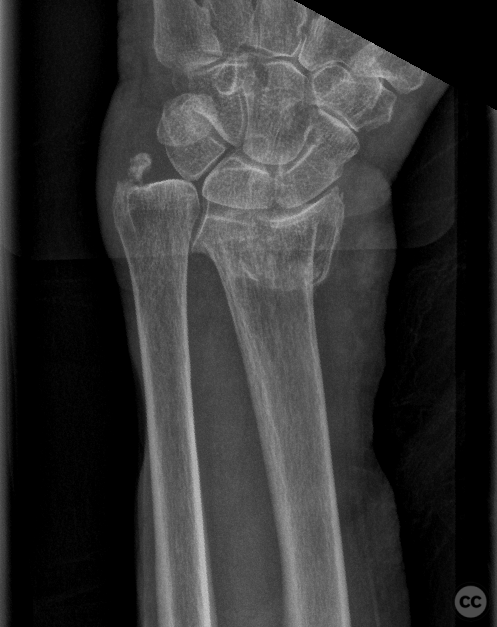
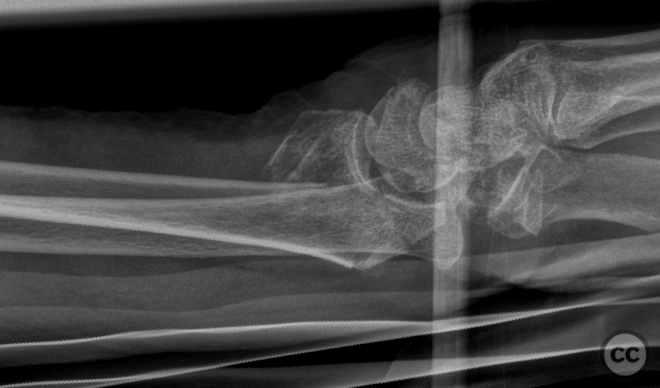
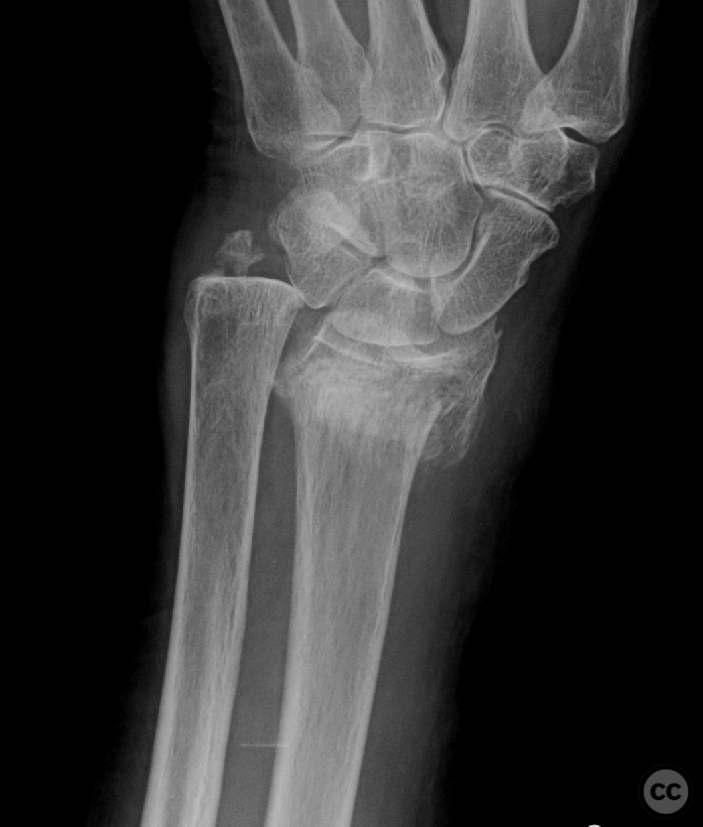
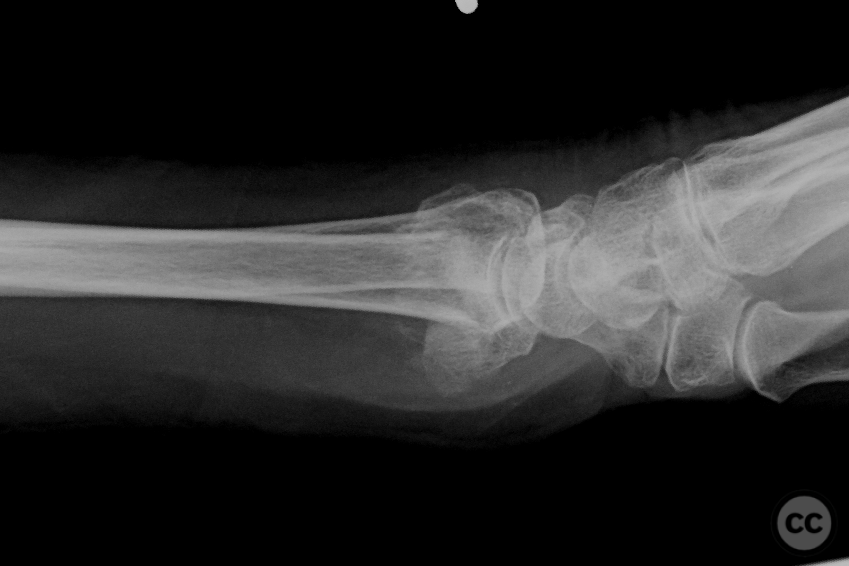
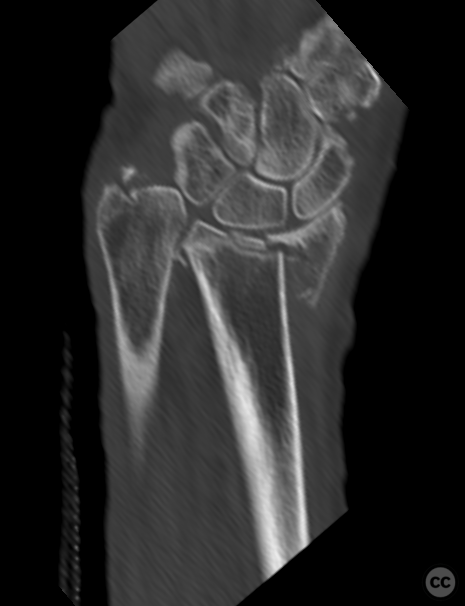
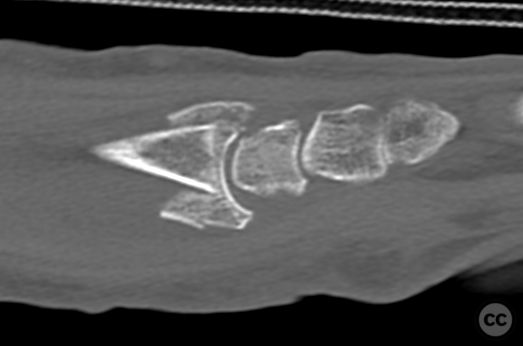
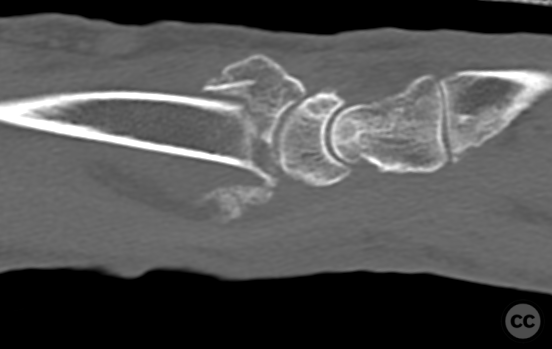
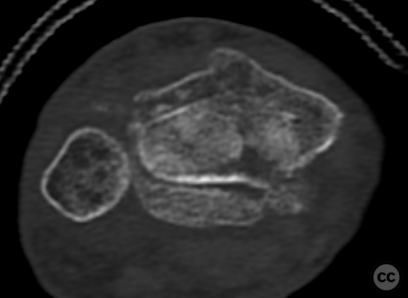
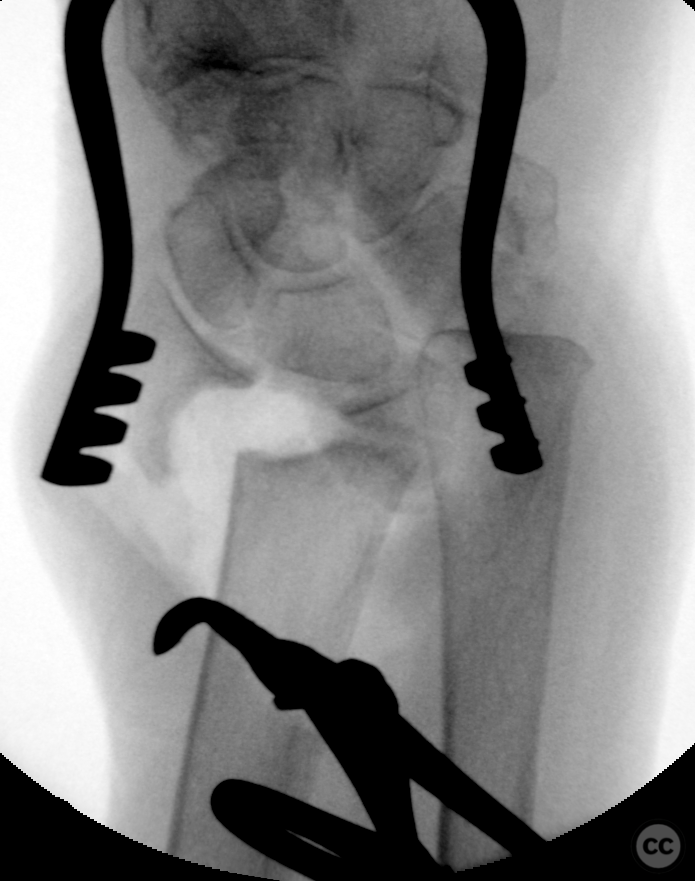
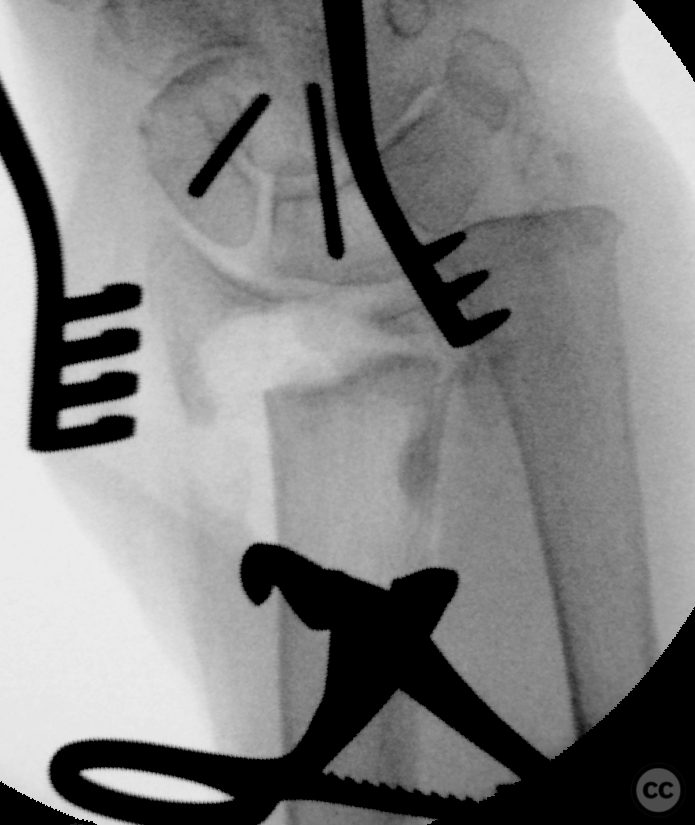
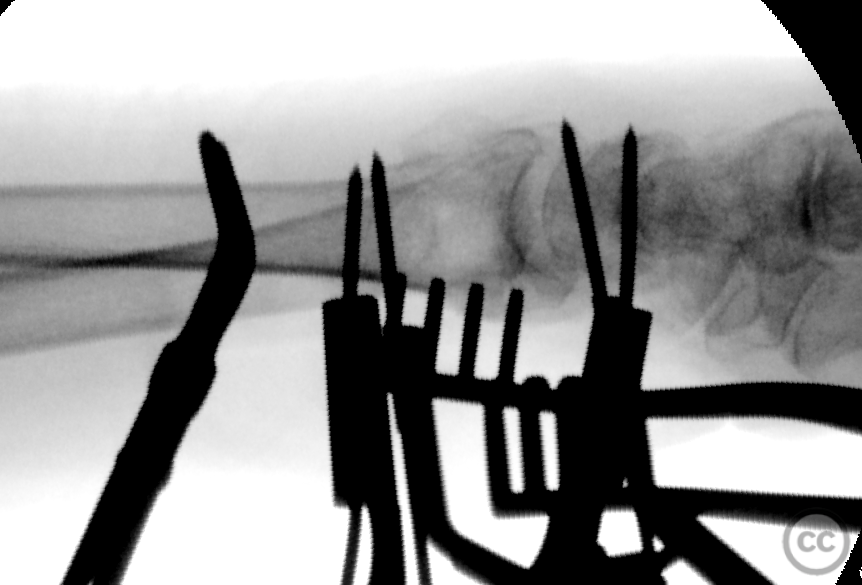
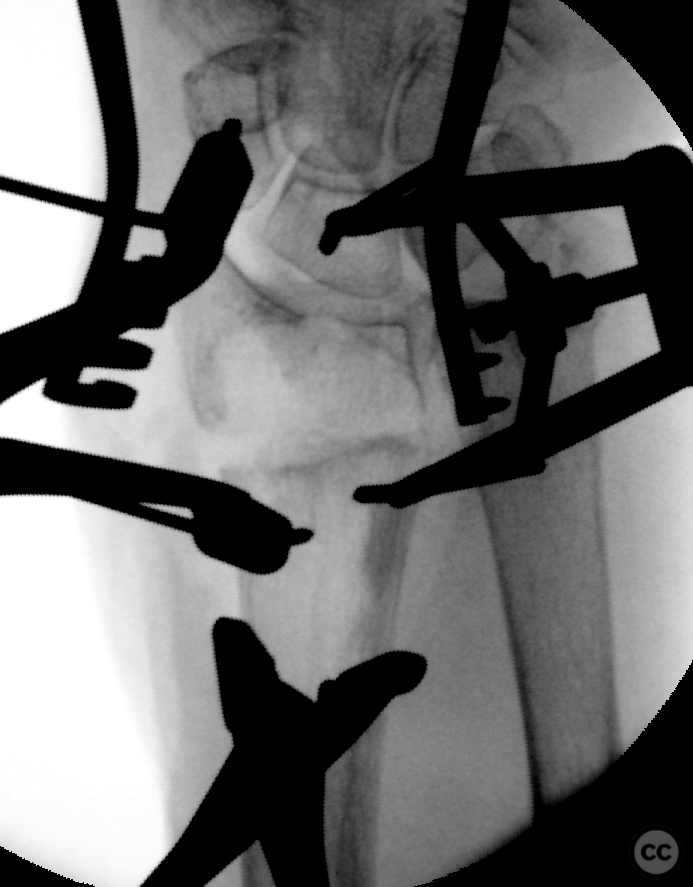
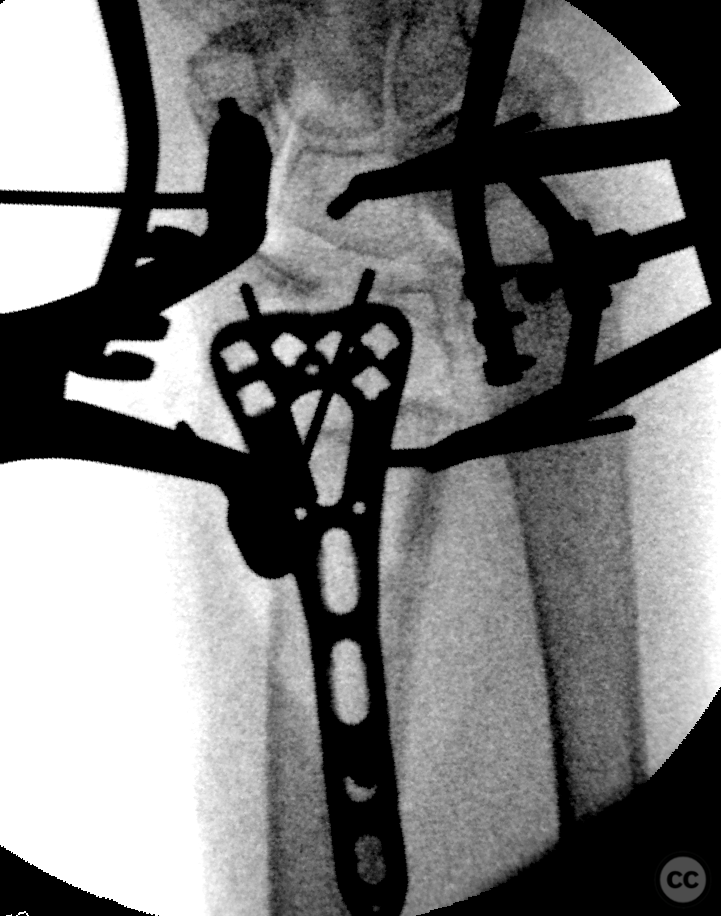
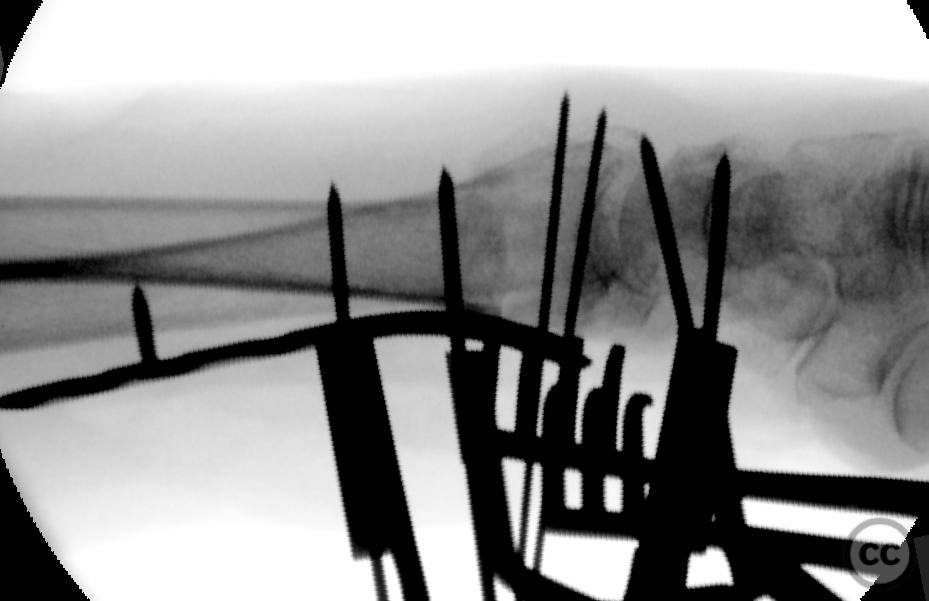
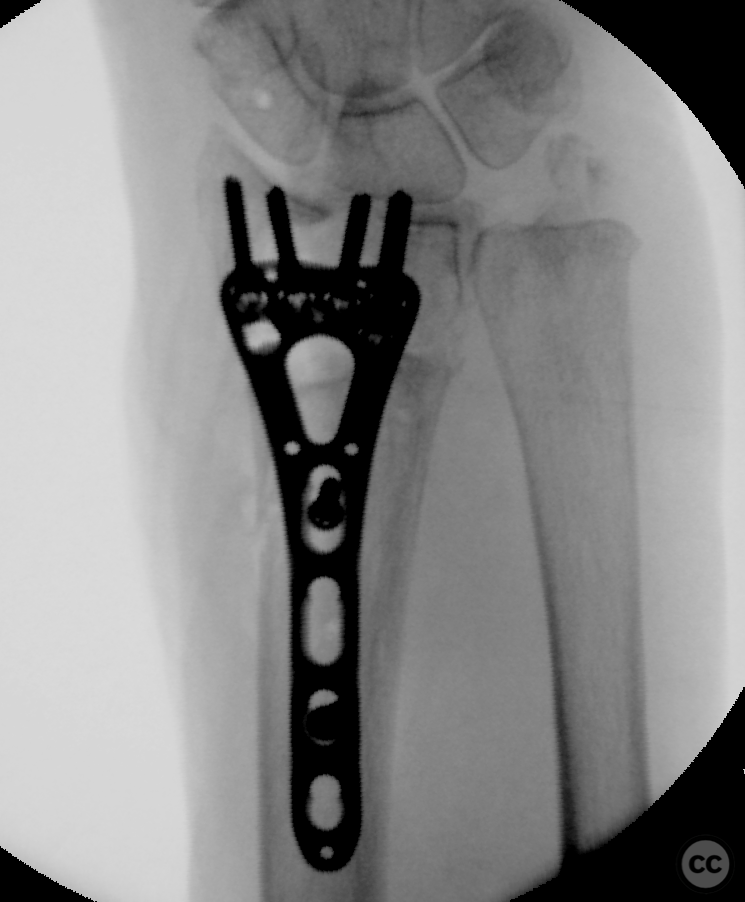
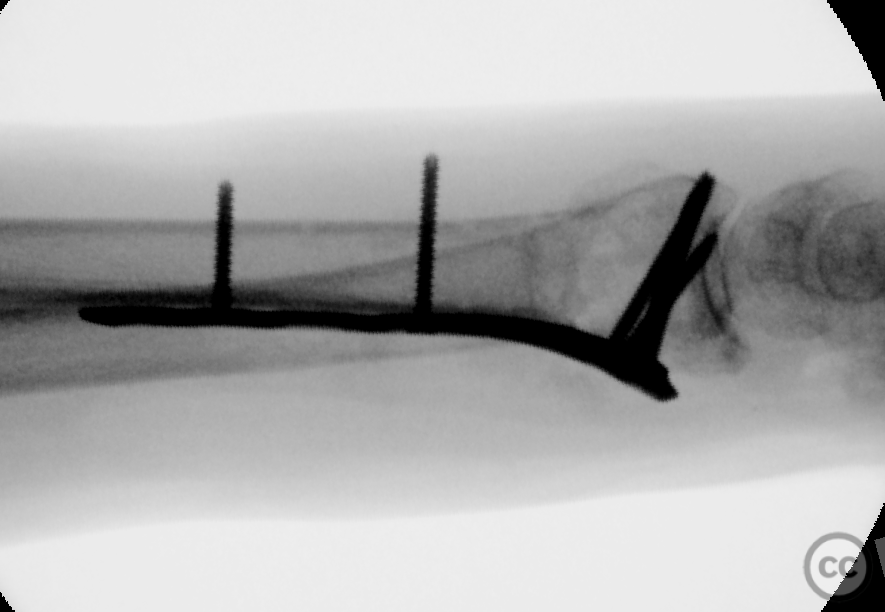
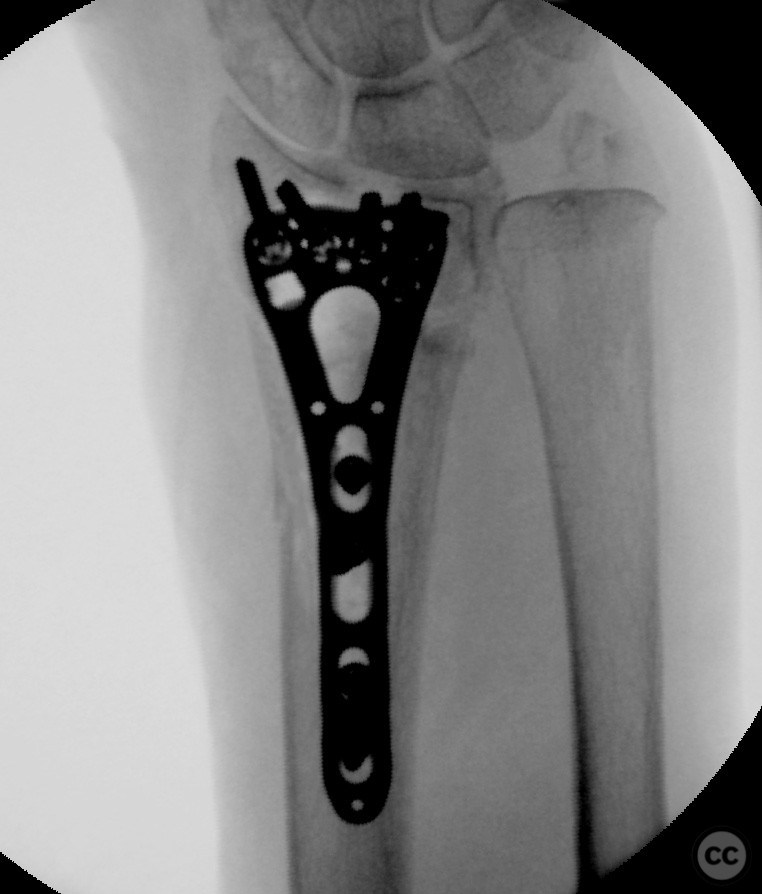
.png)
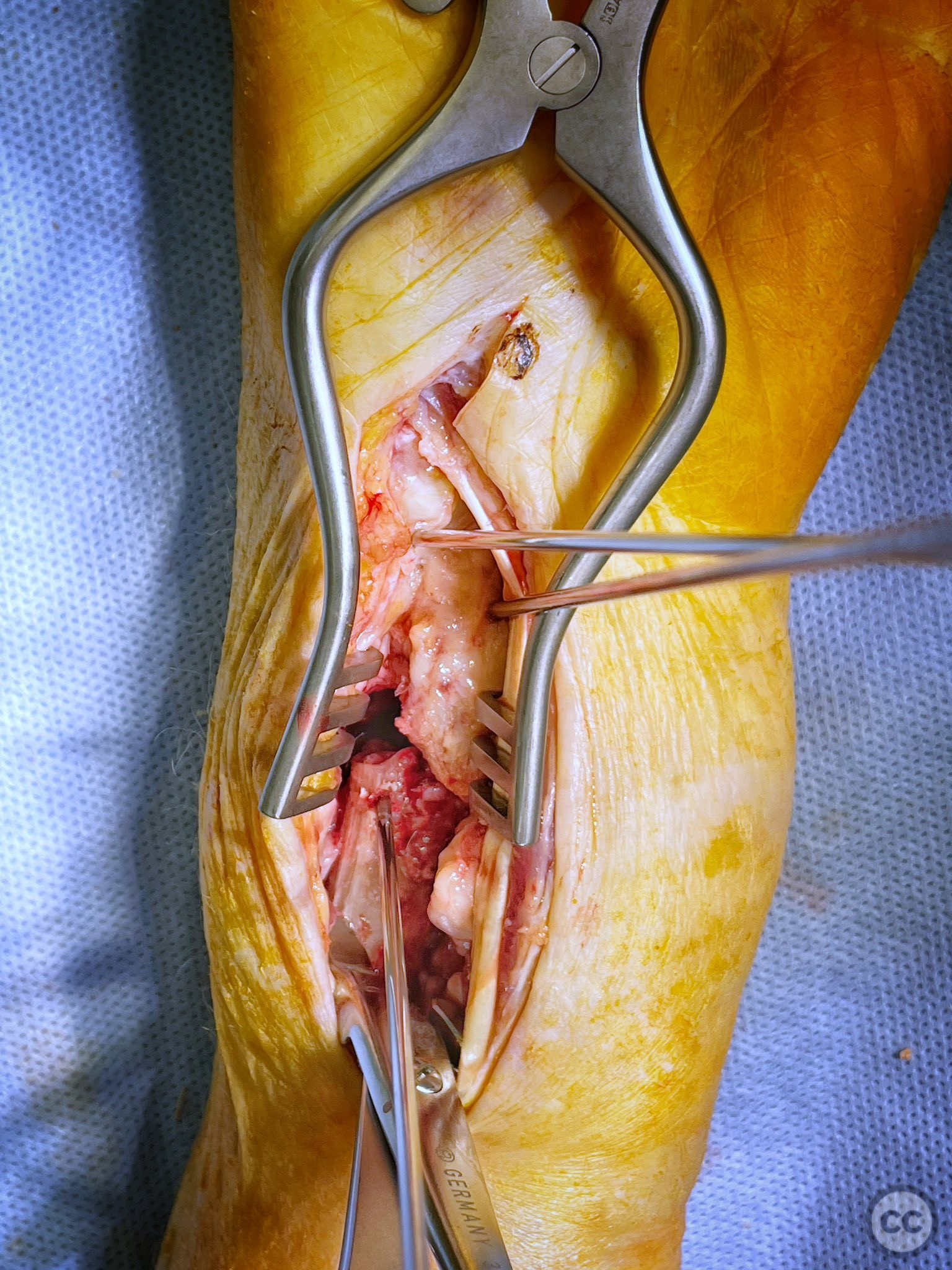
Article viewed 2988 times
13 Nov 2023
Add to Bookmarks
DOI: 10.36438/ORIF2024001 Full Citation
Full Citation
Cite this article:
Oates, E.J. (2023). A modified E-FCR approach utilising a targeted radiocarpal ligamentotaxis reduction technique. Journal of Orthopaedic Surgery and Traumatology. Case Report 28929412 Published Online Nov 13 2023. DOI: 10.36438/ORIF2024001